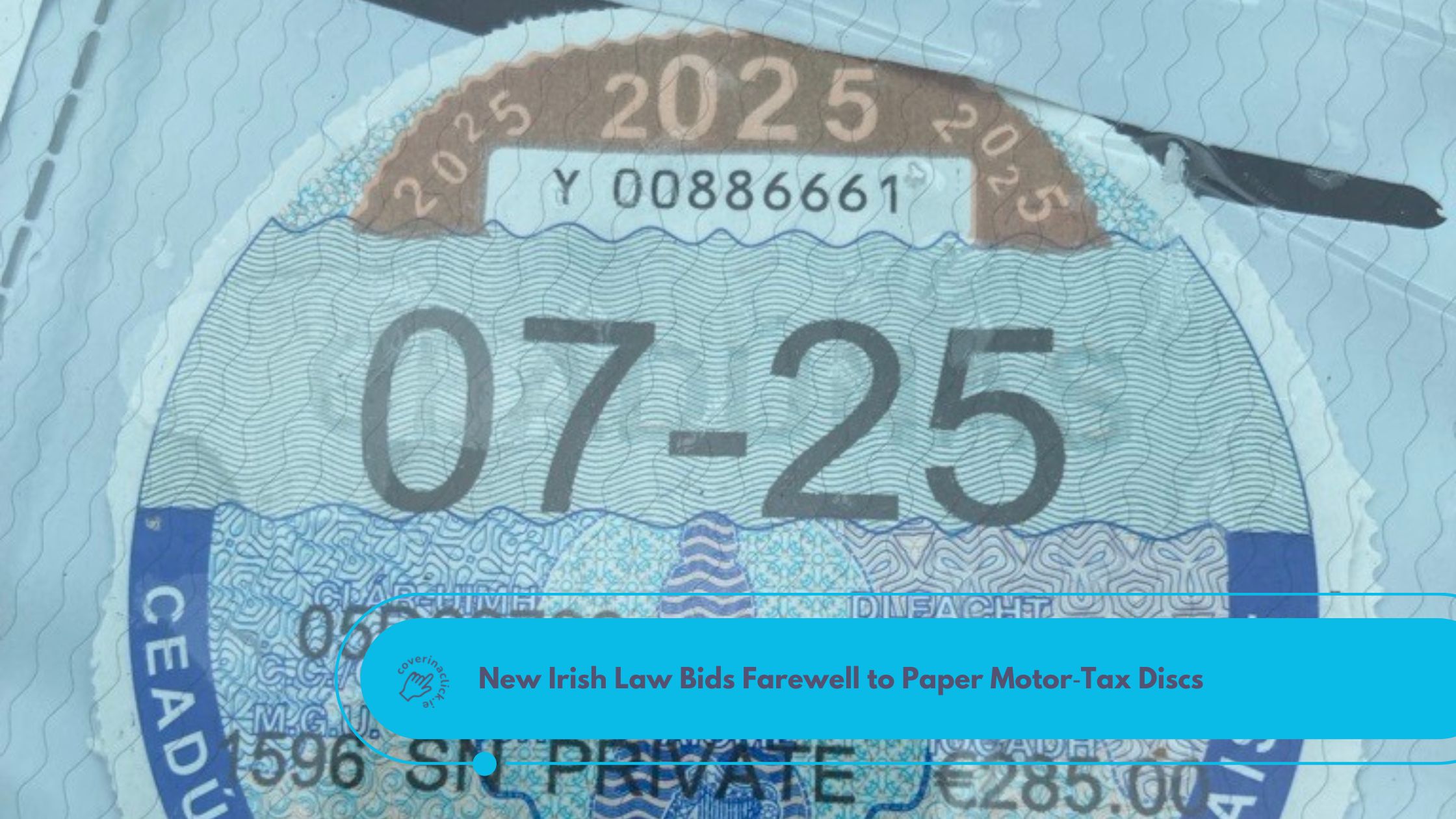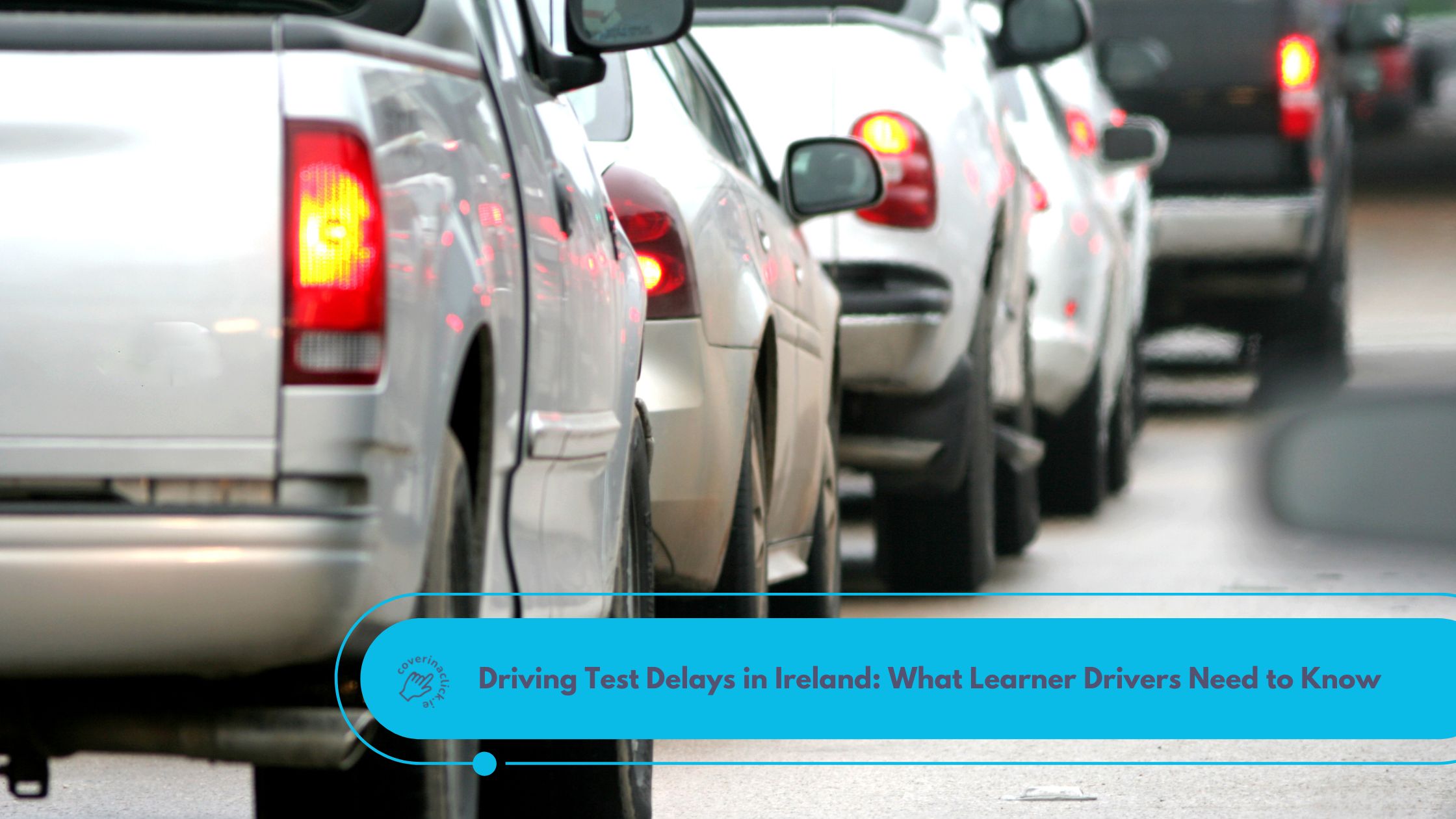How to prepare for the road as a learner driver 2023

Learning how to drive can be a nerve-wracking experience. Some people even compare it to the leaving cert. However, rest assured the more prepared you are when you’re starting out the less stressed you will be doing your test or starting out on the road. Avid preparation is the key to success. Here are some tips before you sit in the driver’s seat.
Before we get started, because of Covid-19 the driving test waitlist has undoubtedly been affected. There has been calls to put a calculated grade system into operation in order to help with the delays however, no further information has been received on this matter. In other words, follow these tips and keep practicing for the time being!
1. Don’t ditch the book
A common misconception is that once you’ve passed your theory test you don’t need the book or information anymore. However, during your full-license test, your examiner could ask you any questions about the rules of the road such as “what does that road sign mean?” etc. It’s also important to remember that the driver theory knowledge and information is not just for the test, it’s needed for everyday driving.
2. Plan your lessons properly
Consider how many lessons you have left to undertake (if any). Then consider the possibility that you might need one or two additional lessons outside of your required 12. When you have done these calculations, try to plan for the length of time it will take you to finish all the lessons you require. Then go online and book your test. Remember, it can take up to 3 months to get a slot for your test after you book it. It’s also important to note that Covid-19 has also further impacted a pre-existing backlog, so take that into consideration.
3. Adhere to your instructor
Your driving instructor is your friend when it comes to preparing for your driving test. Because a large percentage of people have already sat their driving test, a large percentage of people also have an opinion on how you should drive a vehicle. While friends and family might try to give you their ‘two cents on the 3-point turn and how you should approach it, you’re better off to listen solely to your instructor.
4. Familiarise yourself with road signs
Don’t forget that an important aspect of your driving test is based on observation of road signage. The road signage feature means more than knowing when to stop or knowing what speed you should be driving at. It also means being able to identify when lanes are merging, if there’s loose chippings on the road or if you’re approaching a cul de sac for example. Allow time to get savvy with road signs ahead of your test and this will take some of the pressure off.
5. Don’t drive without your fully-licenced driver in the passenger seat
This is the law. In Ireland, you must always have a fully-licensed driver to travel in the passenger seat with you and they need to have held their driving license for a minimum of 2 years. Failure to do so will result in your car being confiscated by the Gardaí along with a fine and penalty points. Having an experienced driver with you at all times decreases your risk of having an accident and ensures that someone is there to help and guide you.
6. Don’t wait too long to book your full license driving test
Once you’ve received your learner's permit, held it for 6 months and completed 12 EDI lessons you can apply for your driving test. At the moment there’s a 6-week waiting time for the test, but this fluctuates. Set yourself a time limit and practice driving as much as you possibly can. Revise your theory and book pre-tests with your driving instructor. It’s best to book your test as soon as you feel ready so that the rules of the road and your lessons are fresh in your memory. It also gives you less time to pick up “bad” driving habits that could cost you your test.
7. Always be prepared for the unexpected
To avoid being stranded at night or in the cold, we recommend stocking your car boot with these essentials should you have a breakdown or a puncture:
- Inflated spare tyre, jack and lug wrench
- Hazard triangle
- Torch
- First aid kit
- Warm blanket
- Hi-Vis vest
- Antifreeze / Coolant
- Car fire extinguisher
- Duct tape
8. Read the owner’s manual of your car
You might already be yawning thinking about the prospect of tucking into this literature. However the owner’s manual is the best way to learn about your car. Every make of car is different and sometimes the components change between the years of production.
Your owner’s manual will firstly give you basic operating instructions. It will teach you exactly how your windshield wipers work, how to operate your automatic lights and what to do when you see that warning light come on.
Another vital tip you’re likely to find in your owner’s manual is your warranty information. It’s essential to know the facts surrounding your warranty cover. The manual will provide tips on what your warranty covers / doesn’t cover and for how long you can avail of it.
It’s easy to forget all the logistics of your car when you drive it out of the garage but by scanning your owner’s manual, you’ll learn all the basics about your vehicle.
At Coverinaclick.ie we want what’s best for young drivers. Life on the road an be daunting, but with the right cover you’ll have peace of mind! Why not get in touch?










